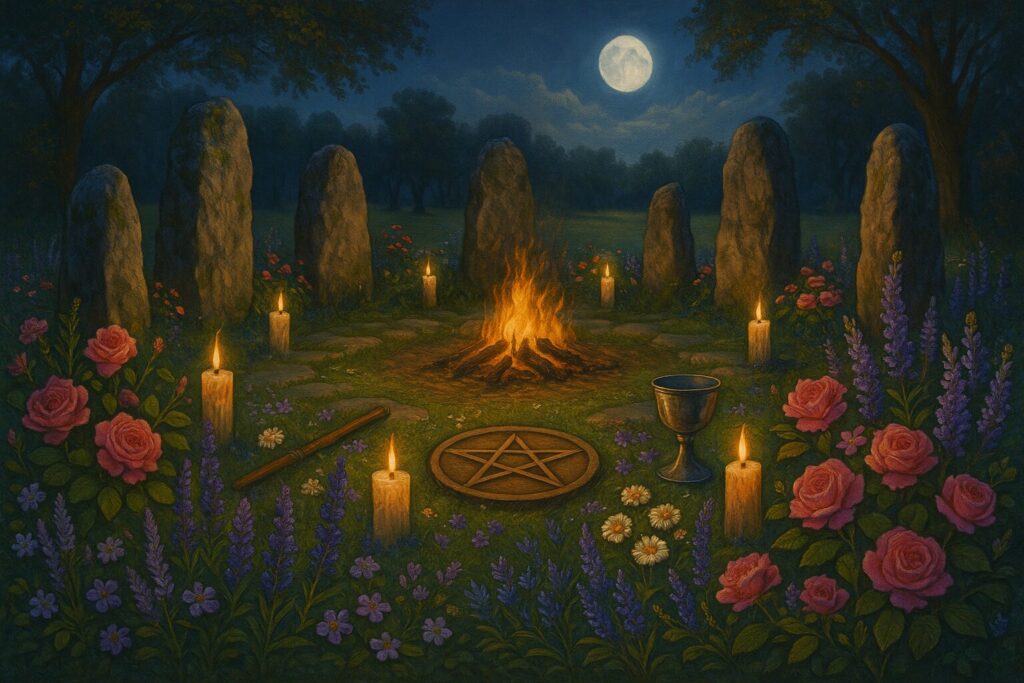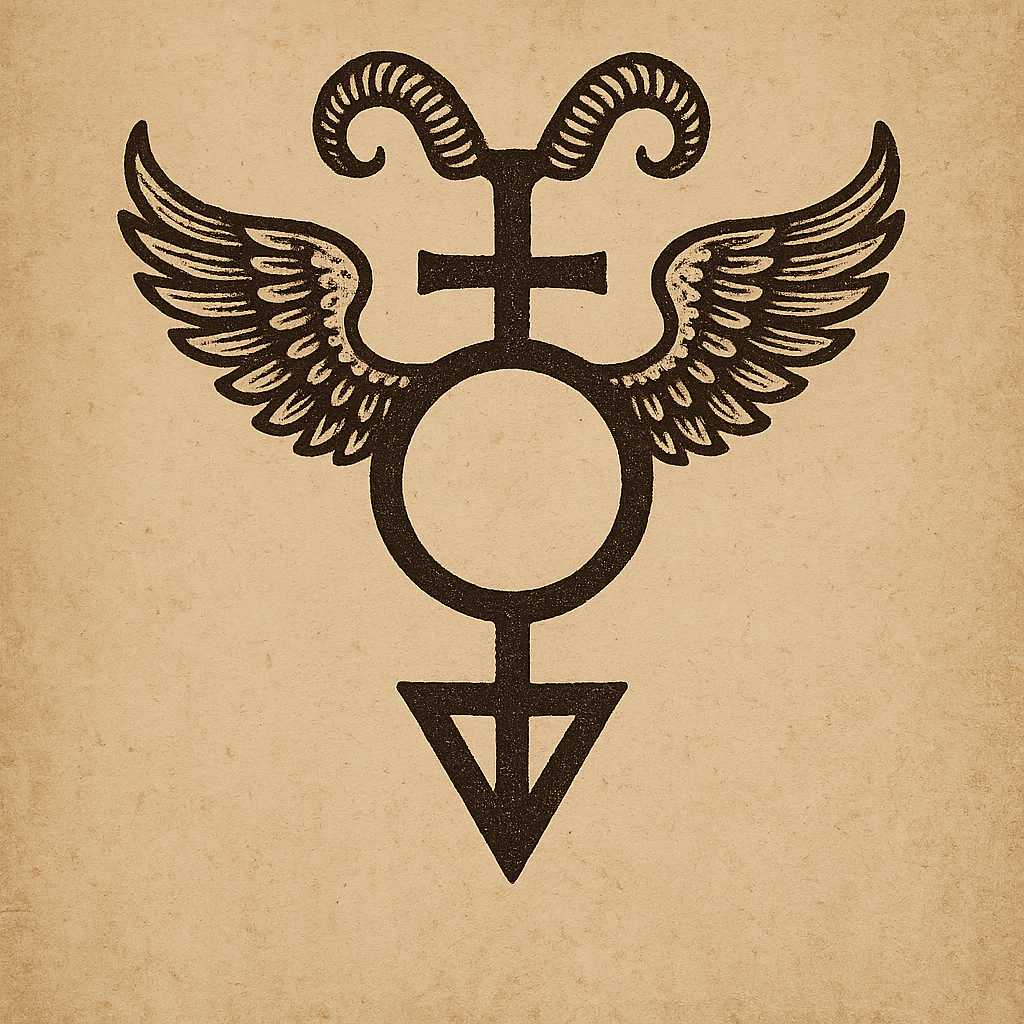Wicca, Witchcraft, and Modern Practice

Though often spoken in one breath, Wicca and Witchcraft move in different tempos of the same song. Wicca, born in the mid-twentieth century yet reaching backward toward the Mystery religions, offers a framework of reverence—its rites echoing ancient liturgies reshaped through the lenses of the Western esoteric revival. It is a rpractice of form and in heart. It names the sacred seasons, marks the waxing and waning of power, and builds its temple.
Witchcraft, by contrast, is older in instinct if not in lineage. It is the craft of those who speak directly to land, storm, herb, and dream. It is pragmatic, spell-woven, and mutable—folk magic shaped by whatever soil it grows in. It is neither creed nor church but an art of immediacy, changing as hands and hearts change.
For this reason, we see the two as complementary aspects of one continuum. Wicca gives structure and sacred rhythm to what Witchcraft has always embodied as living impulse. The Wiccan rite can refine, elevate, and stabilize the raw power of folk craft—turning spell into prayer, and magic into philosophy. Yet the craft keeps the rite honest; it ensures that devotion never drifts too far from the earth that first inspired it.
In our view, the adept practitioner does not choose between them but learns to speak both dialects of the same sacred language: one born of the hearth, the other of the temple. At MCC the true art of the witch—and of the Wiccan—is to stand where those paths cross, where intellect and instinct, discipline and inspiration, earth and aether meet.

